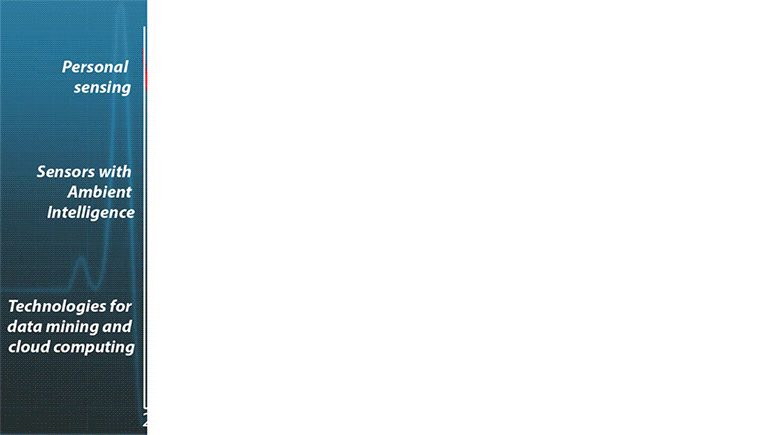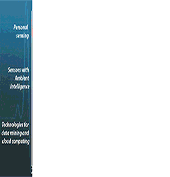
Javier Andreu-Perez, Daniel R. Leff, Henry Man Ip, Guang-zhong Yang, Imperial College London
Chronic diseases, senescence-related dependence, and sedentary lifestyles have become increasingly common, leading to increased healthcare costs. To overcome these challenges, healthcare delivery requires novel technological advances focusing on prevention, early detection, and minimally invasive disease management. Nowadays, wearable devices allow measuring metabolic responses and physiological indices such as heart rate, blood pressure, blood oxygen saturation, body temperature, posture, and physical activities. In this position article, applications of wearable sensing are classified into three levels. Those that build upon single modality sensing are defined as “first generation”. The “second generation” brings together better networking capability through the data fusion of sensing technologies, which are now featured with continuous monitoring. Finally, it is argued that a “third generation” has emerged as a result of the latest advances in sensor technologies, driven by innovation in micro/nano fabrication, low-powered micro-electronics, and miniaturisation. These developments are accompanied by a rapid evolution of biomaterials with non-adverse foreign body reactions that facilitate the fabrication of wearable implants and have propelled the amount of possible applications. Last but not least, since increasing the pervasiveness and autonomy of body sensing, this third generation has opened the door to population-wide studies of high frequency bio-sensing data. This provides a new source of longitudinal big data which can be curated in the cloud in combination with other sources of big data in health, such as electronic health records, omics databases, etc. This article provides a structured overview of the latest advances involving wearable sensing, which may serve as a guidance to engineers, computer scientists and clinical practitioners for developing new technologies and identifying critical areas of application.

